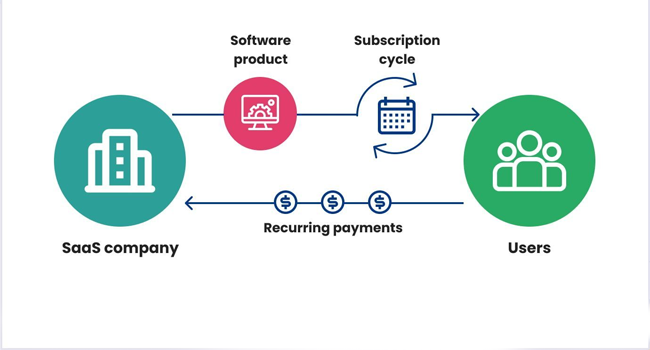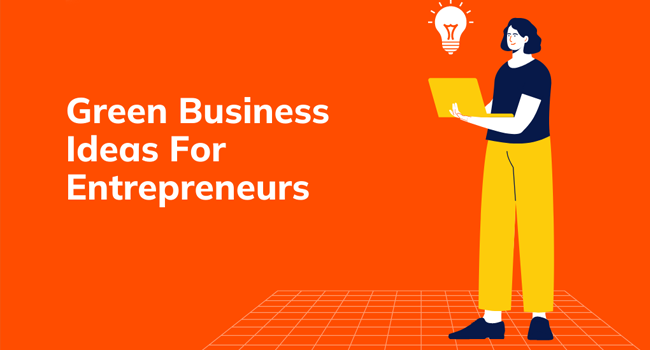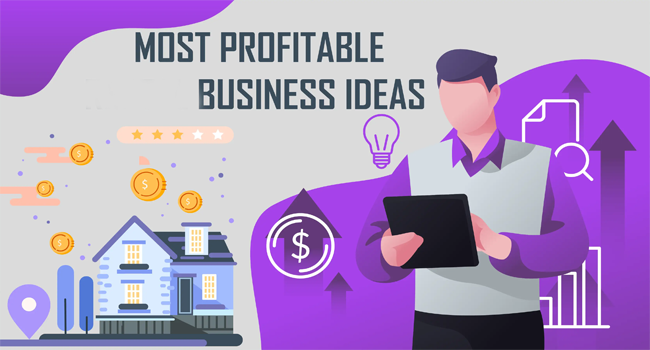SaaS Business Model Explained for New Entrepreneurs

Unraveling the SaaS Business Model for New Entrepreneurs
In the dynamic landscape of entrepreneurship, one time period often makes its manner into conversations is “SaaS” or Software as a Service. For new entrepreneurs navigating the complex seas of enterprise models, knowledge of SaaS isn’t simply useful—it’s critical.
What is SaaS?
At its centre, SaaS refers to a software program distribution model wherein applications are hosted with the aid of a 3rd-party company and made available to clients over the Internet. Unlike traditional software programs bought and set up on man or woman computers, SaaS operates on a subscription foundation, granting customers the right to enter the software program and its features via an internet browser.
The Subscription Advantage
One of the important thing factors of the SaaS enterprise model is the subscription-based pricing shape. Customers pay a routine price instead of a one-time purchase—month-to-month or annually—to get the right to enter the software program. This creates a regular and predictable sales move for SaaS vendors, imparting monetary stability compared to the unpredictable nature of traditional software income.
Accessibility and Scalability
SaaS presents extraordinary accessibility to users. As lengthy as there may be a web connection, users can get the right of entry to the software program from any tool, selling flexibility and collaboration. This cloud-based approach also allows seamless updates, ensuring that users continually have access to today’s features and protection patches. Additionally, SaaS models are inherently scalable, allowing companies to alter their usage and charges based on their desires.
Key Components of the SaaS Business Model
Multi-Tenancy:
SaaS programs operate on a multi-tenant structure, which means that a single example of a software program serves more than one customer. This efficient sharing of sources enables fee savings for both providers and users.
Automatic Updates:
Unlike conventional software programs that require updates, SaaS packages are updated robotically through the provider. This ensures that users are usually admitted to these present-day times and security upgrades without a problem.
Scalability:
SaaS allows corporations to scale their usage up or down based on their requirements. This scalability is especially superb for startups and small organizations that can revel in fluctuating desires.
Subscription-Based Pricing:
The subscription model ensures a regular flow of revenue for SaaS vendors, fostering financial balance and predictability. Customers benefit from the flexibility to select plans that align with their utilization and finances.
Advantages of the SaaS Business Model
Cost-Efficiency:
SaaS eliminates the need for agencies to invest closely in hardware and software program infrastructure. With a pay-as-you-pass model, organizations can allocate resources more efficaciously and avoid prematureges.
Global Accessibility:
The cloud-based nature of the SaaS method allows users to enter the software from everywhere in the world. This fosters collaboration among groups unfolding throughout distinct geographical locations.
Faster Deployment:
Traditional software setups may be time-consuming. SaaS programs, on the other hand, can be accessed instantly through an internet browser, reducing deployment time and increasing efficiency.
Continuous Innovation:
Automatic updates make certain that users continually have access to today’s features and improvements. More effectively than this complements person revel, however,lly maintains groups aggressive in a swiftly evolving market.
Challenges to Navigate
While the SaaS version gives numerous benefits, marketers must additionally navigate positive demanding situations:
Security Concerns:
Storing touchy data in the cloud raises security issues. SaaS providers should implement robust safety features to shield patron facts from breaches.
Reliance on Internet Connection:
SaaS packages depend upon a stable internet connection. Any disruptions can restrict user revel and productivity.
Customization Limitations:
Some businesses may find that SaaS solutions need help withstomization. Selecting an issuer that aligns with specific commercial enterprise wishes is important.
Choosing the Right SaaS Model
1. Vertical SaaS:
Tailored for specific industries, vertical SaaS targets the specific desires of a selected zone, providing specialized solutions.
2. Horizontal SaaS:
This version offers various functions and caters to a diverse target audience. Horizontal SaaS is flexible and adaptable across diverse industries.
The Road Ahead for Entrepreneurs in SaaS
As marketers project into the world of SaaS, a strategic roadmap becomes essential for fulfilment. Here are key concerns for navigating the street ahead:
1.Identify Market Needs:
Before diving into SaaS development, entrepreneurs should understand their target marketplace well. What ache points exist? How can SaaS cope with those pain points? Conducting marketplace research helps tailor the software to fulfil precise wishes, ensuring it becomes a necessary device for customers.
2. User-Centric Design:
User experience is paramount inside the SaaS panorama. A nicely designed, intuitive interface enhances consumer adoption and delight. Regular feedback loops with users can assist in refining the software program, ensuring it evolves in tandem with consumer wishes.
3. Security First:
Security worries are a pinnacle priority for SaaS vendors. Implementing strong security features, encryption, and stable authentication instil acceptance as true with customers. Regular protection audits and compliance with enterprise requirements are vital to guard user records.
4. Strategic Pricing Models:
Choosing the right pricing version is a strategic choice. Entrepreneurs have to balance affordability for users with the sales era. Freemium fashions, tiered pricing, and customization alternatives allow flexibility, catering to various user bases.
5. Agile Development:
The agile improvement methodology aligns well with the SaaS model. Incremental updates and non-stop improvement ensure the software program remains attentive to converting marketplace dynamics and consumer remarks.
6. Effective Marketing and Branding:
In a crowded market, powerful advertising and branding are important for standing out. Communicate the precise cost proposition of the SaaS providing and leverage digital advertising and marketing channels to reach the target market.
7. Partnerships and Integration:
Collaboration is prime inside the SaaS ecosystem. Exploring partnerships and integrations with different structures can decorate the price of the software program and broaden its attain. Interconnectivity with popular tools creates a continuing personal experience.
8. Customer Support Excellence:
Exceptional customer service is a cornerstone of SaaS achievement. Promptly addressing user queries, imparting comprehensive documentation, and providing schooling assets contribute to personal delight and retention.
9. Data Analytics for Optimization:
Leveraging data analytics presents insights into consumer conduct, feature usage, and overall performance metrics. This facts-driven approach empowers marketers to optimize the software program constantly and align it with evolving person options.
10. Scalability Planning:
As the person base grows, scalability becomes paramount. Entrepreneurs should plan for expanded server capacity, bandwidth, and infrastructure to ensure a seamless revel for users, even throughout durations of rapid boom.
Embracing the SaaS Revolution
In the dynamic landscape of entrepreneurship, embracing the SaaS revolution isn’t simply an alternative—it’s a strategic vital. The agility, price performance, and innovation inherent within the SaaS commercial enterprise model position entrepreneurs for fulfilment in an era where virtual transformation is the norm.
As new entrepreneurs embark on the SaaS adventure, they become architects of change, wielding technology to reshape industries and redefine enterprise paradigms. With a person-centric method, a commitment to protection, and a continuing pursuit of excellence, marketers can liberate the whole potential of the SaaS model and carve their path to sustained success in the virtual age.
Conclusion
The SaaS enterprise model stands proud as a beacon of innovation and efficiency in the ever-evolving panorama of entrepreneurship. Its subscription-based technique, coupled with cloud-primarily based accessibility, has transformed how organizations perform and thrive. For new entrepreneurs, embracing SaaS now represents a technological shift and a strategic decision to live agilely, aggressively, and poised for sustainable growth within the digital generation.



